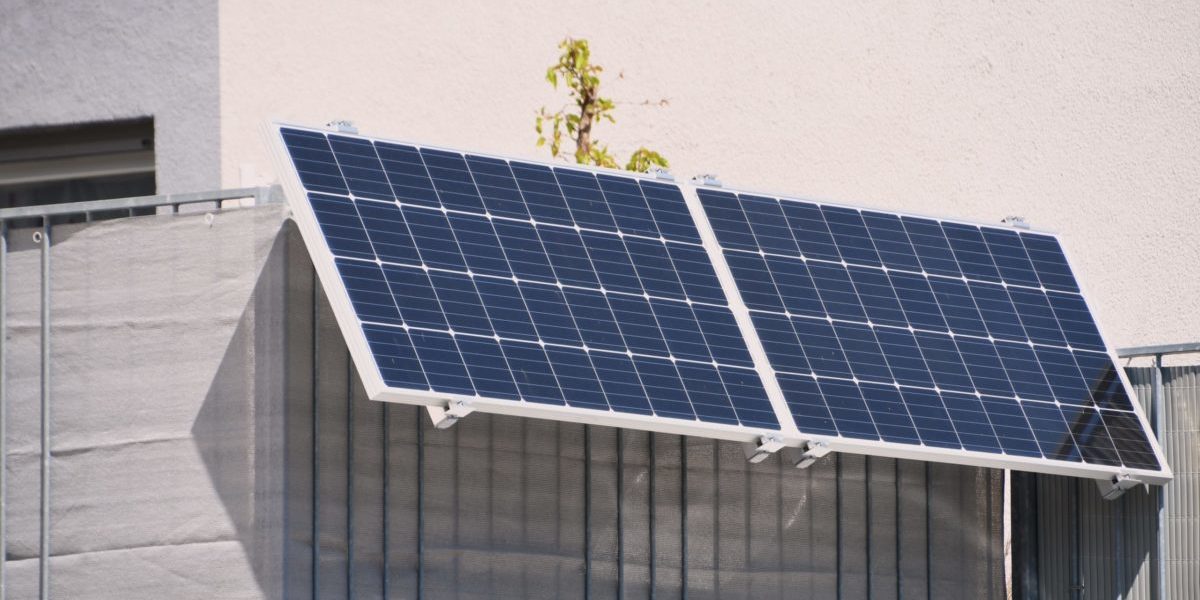https://www.pv-magazine.com/2022/02/24/the-best-bipv-envelope-design-alternatives/
The best BIPV envelope design alternatives

Image: RMIT University
Researchers at the RMIT University in Australia have developed a multi-objective optimization (MOO) framework to maximize the life cycle energy (LCE) and life cycle cost (LCC) of different building-integrated photovoltaic (BIPV) products and applications that is claimed to offer the best BIPV envelope design alternatives at the conceptual stage.
“In recent years, the building sector across the world has shown increasing interest in placing PV on building façades and roofs by either closely integrating PV panels with conventional building materials or replacing them,” researcher Rebecca Yang told pv magazine. “The interests are driven by electrification and decarbonization of the built environment, growing demand for self-consumption, and the need for architecturally ‘good’ integration of PV, as well as technological innovations in PV materials and systems leading to better design options and feasibilities in the adoption.”
According to her, the enthusiasm of the downstream value chain stimulates upstream advances and opens dialogues between the solar industry and building professionals. Leading PV manufacturers have started to collaborate with major building entities aiming for mass production and customization for massive application potentials on building facades, roofs and shading devices of new developments as well as renovations. “In Australia, I observed that many large property developers, leading design and engineering firms and local councils are very interested to apply BIPV, but the market is still not open yet due to some issues which are common in other similar countries,” she also explained.
Popular content
In the paper A multi-objective optimization framework for building-integrated PV envelope design balancing energy and cost, recently published in the Journal of Cleaner Production, Yang and her colleagues explained that the design variables for a BIPV envelope optimization model are related to either the building envelope or the operational setting of the building. “A set of envelope design features, as well as PV-related features such as tilt angle, window-to-wall ratio (WWR), PV placement and PV product type, are included as design variables in the framework,” they pointed out, noting that the proposed module includes objective functions and constraints such as the net present value and the payback period. “The selected design variable set for each optimization scenario may vary according to the selected BIPV application type or inputted user preferences.”
After applying the model to several business cases, the scientists concluded that there is no best alternative design or, better, that the ideal design can only be found when all user preferences are considered. “The study provides BIPV designers and building professionals with a method to produce and compare different BIPV designs based on their preferred application types, design preferences and criteria,” they stated.
This content is protected by copyright and may not be reused. If you want to cooperate with us and would like to reuse some of our content, please contact: editors@pv-magazine.com.




